When to plant strawberries?
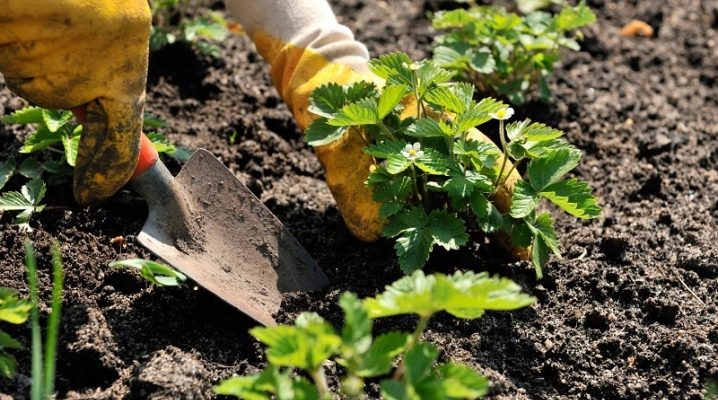
Strawberries are one of the tastiest and most popular berries, they are grown everywhere. The plant is planted in spring, summer and autumn. In which regions and in what time frame it can be done, how to properly plant and what needs to be taken into account in order to get a high yield - we will tell you in our article.
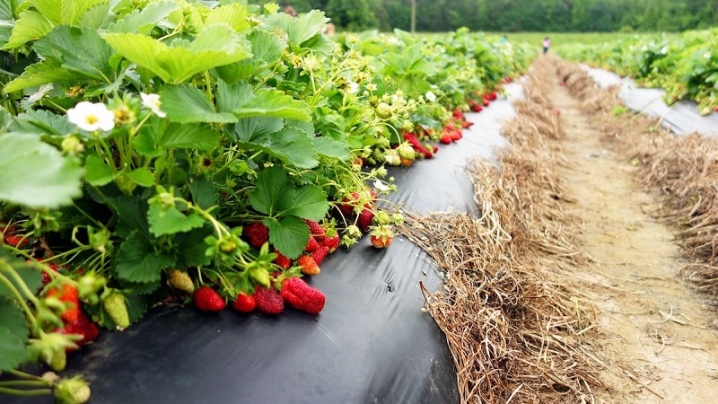
What do you need to consider?
Before digging holes and placing seedlings in them, you need to consider many important criteria. Let's consider each of them.
Pick-up location
Strawberries need a lot of sun to ripen quickly. Plants should be planted in a level, open area that is not exposed to drafts. If the seedlings are planted in the lowlands, the cold that descends at night will harm them. Plantations on the slopes of the hills are exposed to freezing during the cold season. Too dry or, on the contrary, marshy places are also not suitable for cultivation. The plant loves slightly acidic soils, not too light and not clayey.
Can be planted on sandy loam, black soil, loam with the presence of sand.

After what crops can strawberries be planted
Every 5 years, strawberries and garden strawberries have to look for new places, as they choose the nutrients they need from the soil and begin to bear fruit worse. For bushes, you can assign beds on which cereals, onions, garlic, clover, radishes, carrots grew in the recent past. The culture grows well after salads, beets, legumes. You should not plant strawberries in places where nightshades grew in the recent past - tomatoes, potatoes, eggplants, as well as raspberries, cucumbers, peppers.
In addition to the rules regarding the place of growth, for a good harvest of strawberries, the following points must be considered.
- It is important to select plant varieties that are suitable for the region in which you are planting. For example, all options are suitable for southern lands - from early to late varieties, but early varieties (Victoria, Lambada, Kama, Honey) allow you to harvest in May.
- For cross-pollination in one area, you need to plant 3 to 5 varieties of strawberries. But if you want large berries, all species must be large-berry, otherwise, pollinating with small varieties, the fruits on the site will become smaller over time.
- Repaired and ordinary varieties should not be planted on the same bed, as their care will be different.
- When planting seedlings, you need to pay attention to the root collar. - if it is more than 2 cm, the bush will bear fruit in the first year of planting.
- It is easier for seedlings to root if you plant it on a warm cloudy evening.
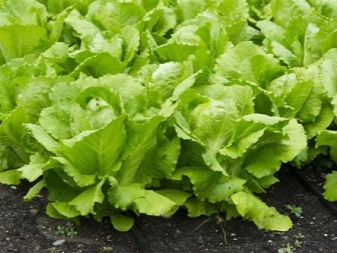
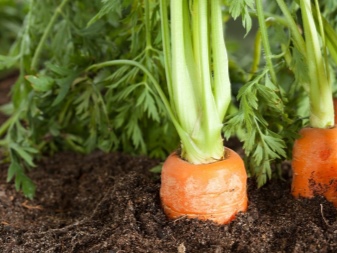
Features of spring planting
Strawberries are an amazing berry, tasty, fruitful, not capricious. You can plant it from March to November, it all depends on the climatic region.
Planting dates in the spring
The southern regions of the country are the first in the year to plant or transplant strawberry bushes to a new location. In the Krasnodar and Stavropol Territories, this period begins already from the end of March and lasts until mid-May.
From April to May, planting in open ground of this plant is carried out by gardeners of central Russia, in the Moscow region, in the Leningrad, Rostov region. In the more severe conditions of Western Siberia, Karelia, the Urals, seedlings should be dealt with from the end of May.

Soil preparation
Having chosen a place for strawberries, it must be thoroughly cleaned of last year's foliage, twigs and other debris. Then tackle the weeds. They can be removed manually or with herbicides.If there is still time before planting, the site is tightly covered with a black film and left for two weeks - in such conditions, the weeds die on their own. Next, you need to find out the composition of the soil, a weak or moderately acidic environment is desirable for plants.
Too low acidity can be increased with a lime composition. Gypsum is added in an active acidic environment. Even before planting seedlings, work is carried out to prevent and destroy pests.
Bacteria, fungi, insect larvae can become enemies of strawberries. To eliminate them, before planting, the soil is treated with ammonia liquid or the chemical "Roundup" (100 g of powder per 10 liters of water).
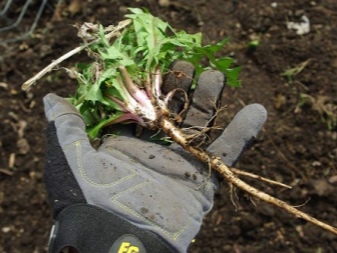
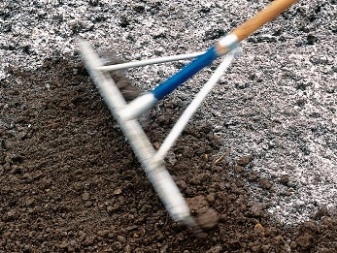
Spring fertilizers
Fertilizers are applied to prepared, but not yet loosened soil. Different types of spring dressings are used, both mineral and organic:
- if the acidity is too high, the soil can be fed with dolomite flour (1 glass per 1 sq. m);
- ash will help saturate the soil with potassium, phosphorus, calcium, manganese, boron, magnesium (used in the form of instant potash);
- gardeners often practice fertilizing plots with self-made compost (8-9 kg per 1 sq. m);
- instead of humus, peat can be used in a mixture with organic feeding, for example, with chicken droppings, mullein, manure (up to 10 kg per 1 sq. m);
- potash and phosphate fertilizers are applied to the soil at the rate of 15 g per 1 sq. m.
Green fertilizers - green manure - are also used. They are plants that are specially grown on the site for the purpose of their further embedding in the soil. Green manures are rich in microelements, forming compost, they protect the soil from weathering, washing away by rain. Rhizomes structure the soil well, and when they die off, they become food for worms, which also loosen the earth. Green fertilizers are prepared in September, then the soil on the site will be ready for the spring planting of strawberries.
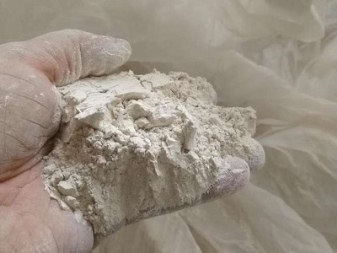
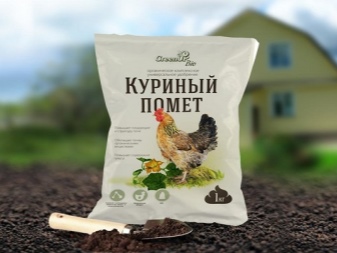
Planting material
Only good strong seedlings can actively take root and give high yields in the future. Before planting, the plant material is carefully examined and attention is paid to the following nuances:
- the bush should be whole, with normal development, contain from 4 to 8 leaves;
- the leaves must have a rich, even color and not have signs of disease;
- the plant should not be endowed with depleted, but with powerful rosettes on a short strong stem;
- have a large kidney in the center;
- the root with branching branches needs to look healthy and light.
Having selected the ideal seedlings, before planting, they should be soaked for 30-40 minutes in water with a growth stimulator. This will allow the plant to root better and form a strong bush faster.
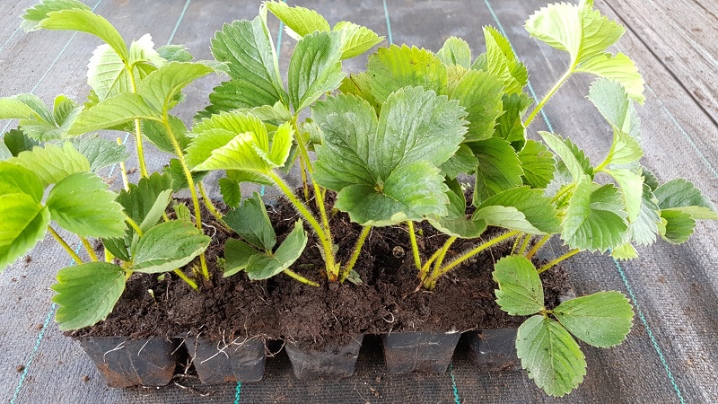
Planting process
Strawberries are planted in open ground in long double ridges (2 strips each) so that they can be approached from both sides. The number of paired stripes depends on the area of the area allocated for the culture. To service the plants, aisle width of 40-70 cm is left. The distance between the bushes depends on the strawberry variety. If the plant forms compact bushes with a small release of outlets, the step is kept at 20-30 cm. For large varieties with sweeping layering, a distance between plants of 30-40 cm is required.
Along the strip with a set step, dig holes with a depth slightly larger than the size of the rhizome. If the soil is dry, add a little water to each hole before planting. Seedlings are placed in the hole along with a lump of earth removed from the glass. If the cups are peat, they are planted in the soil along with the plants. Each bush is sprinkled with earth so that the heart remains on the surface, otherwise the seedlings will rot. The sprinkled soil is lightly tamped so that the rhizomes have nourishment from contact with the soil.
After planting, the bushes are watered abundantly. If the weather is dry, watering is carried out daily for a week, until the rhizomes take root. For best results, plant growth stimulants can be added to the water.
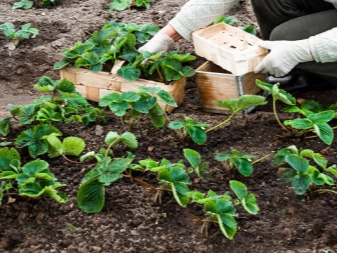
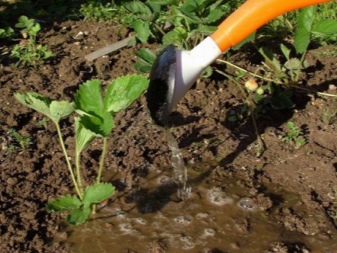
Can it be planted in the fall and how to do it?
In autumn, strawberries can be planted in September and October, it all depends on the region... In the northern territories, they do not plant an autumn planting, but produce only a summer one. In the middle climatic zone, the culture is transplanted in September. And in the south of Russia, for example, in the Kuban, in addition to September, you can transplant strawberries throughout October, and the last call should be made in November, if the weather permits. The earlier, before winter (before frost), strawberries are planted, the better they will take root and get stronger.
Autumn landing is good because before summer, the plant has time to harden and yield a harvest in the first year. Damp and moderately cool autumn weather provides excellent conditions for planting and rapid establishment. The only problem can be unexpected frosts, so you need to carefully monitor the weather forecast. The plot for the autumn planting of strawberries should be prepared in advance, 2-4 weeks before planting. You need to dig up the soil with a full bayonet of a shovel. At this point, it is necessary to feed the soil with humus (10 kg per 1 sq. M). Add ash (0.5 l cans per 1 sq. M) or compost. You can use nitrophosphate, urea, superphosphates.
A month before planting, pest control should be carried out, the soil should be treated with insecticides. They choose a place and plant bushes in the same way as in the spring. After planting strawberries, for the first 10 days, it is watered in the morning with a small amount of water. Several dressings are made during the fall, but nitrogen fertilizers cannot be applied this season.
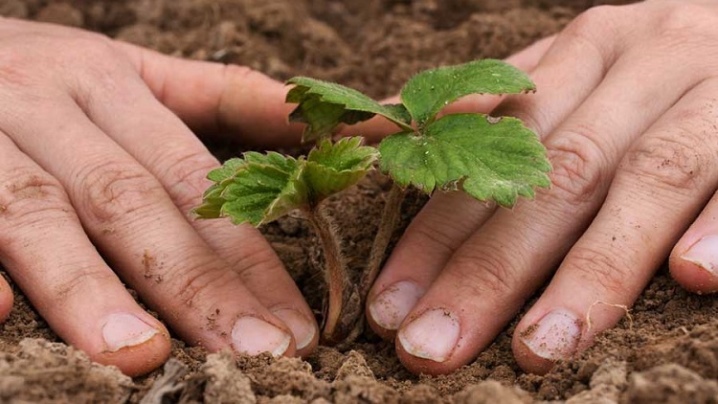
Landing in summer
In summer, strawberries are planted by those who do not want to wait for the harvest for two years, as is the case with spring planting. The seedlings planted by the warmth have time to get stronger and grow, in order to concentrate their forces for the formation of fruits in June of the next season. Summer planting of culture takes place from the end of July and continues throughout August. Suitable for regions with any climatic conditions - the main thing is that by the time of planting, the grown-up quality material is ready for the gardener.
Planting material is obtained from a mustache, on which rosettes are formed and put their roots into the soil. These sockets are transplanted to the prepared area. It should be understood that a mustache with rosettes produces strawberries after harvest. Since berries in different regions are harvested at different times, the planting, depending on the formation of outlets, will shift according to the calendar. The summer planting process is no different from the spring one. They also make rows with a uniform step of 20-40 cm, drip holes, moisten them, transfer sockets with roots and a lump of earth into prepared holes, sprinkle with soil, lightly tamp and water.
In order for the sockets to take root well and begin to develop, they are dipped overnight in a special solution that you can prepare yourself. For this you will need:
- 1 kg of soil;
- 70-80 g superphosphate;
- 15-20 g of ash;
- 1-1.5 g of copper sulfate and boric acid.
This whole set is mixed with 10 liters of water and can be used to soak strawberry roots.
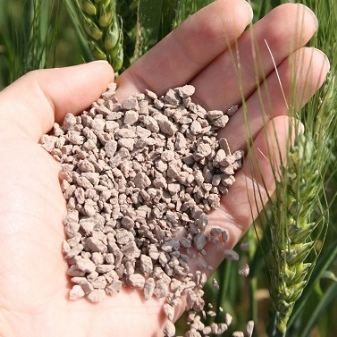














The comment was sent successfully.